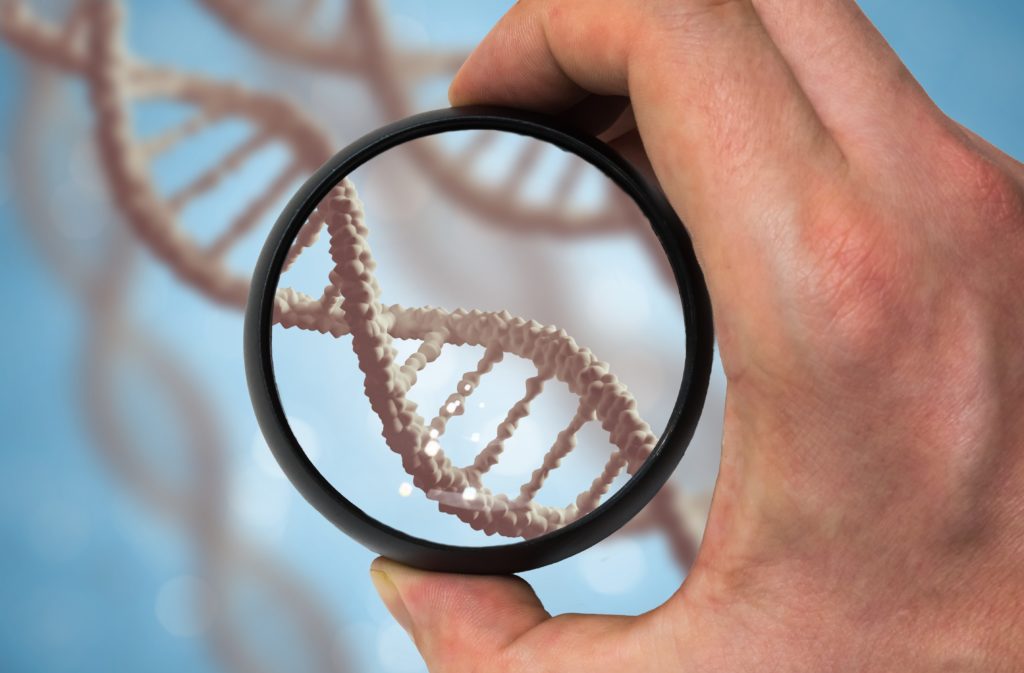In 2010, K. Pattie Figueroa of the Spencer Fox Eccles School of Medicine at University of Utah was approached by a family whose child had spinocerebellar ataxia type 4 (SCA4). The family asked that Figueroa consider research into SCA4. This request catalyzed over a decade of research into this condition, which recently culminated into a discovery.
University of Utah Health shared that research spearheaded by Figueroa and Dr. Stefan Pulst, MD uncovered the underlying genetic cause of SCA4. According to their research, published in Nature Genetics:
Despite linkage to chromosome 16q in 1996, the mutation causing spinocerebellar ataxia type 4 (SCA4), a late-onset sensory and cerebellar ataxia, remained unknown.
To begin working towards an answer, the research team used long-read single-strand whole-genome sequencing (LR-GS), a relatively new sequencing technique. Through this, they explored the specific region in chromosome 16q in families affected by, and unaffected by, spinocerebellar ataxia type 4. The research team found that the ZFHX3 gene had a heterozygous GCC-repeat expansion. Essentially this means that there is a string of repeating DNA that is way too long.
The researchers believe that this interrupts autophagy, or cell recycling. Autophagy cleans up cellular waste and recycle damaged parts of the cells. Ultimately, this helps with cellular function and health. In SCA4, the gene mutations don’t allow the cells to properly recycle misfolded or clumped-together proteins, leading them to accumulate to the point of toxicity.
Researchers believe that this will provide families with more answers, as well as start the road towards effective drug development.
About Spinocerebellar Ataxia type 4 (SCA4)
Spinocerebellar ataxia (SCA) refers to a group of rare hereditary conditions in which parts of the nervous system that control movement are damaged. These lead to degenerative changes in the movement control portion of the brain, as well as occasionally in the spinal cord. There are multiple subtypes of spinocerebellar ataxia which are differentiated based on gene mutation. As described above, SCA4 was recently linked to GCC-repeat expansion in the ZFHX3 gene.
SCA4 is a very rare, progressive form of spinocerebellar ataxia that currently has no treatment and no cures. While symptoms can begin as early as someone’s late teens, SCA4 typically manifests in someone’s 40s or 50s. Symptoms of this condition may include:
- Peripheral neuropathy (sensation loss in the hands/feet)
- Dysarthria (difficulty speaking)
- Muscle weakness and atrophy
- Ataxia (difficulty coordinating movements)
- Issues with walking and balance
- An unsteady gait
- Loss of reflexes
More rarely, people may experience double vision, nystagmus (involuntary eye movements), auditory impairments, or dysphagia (difficulty swallowing).








